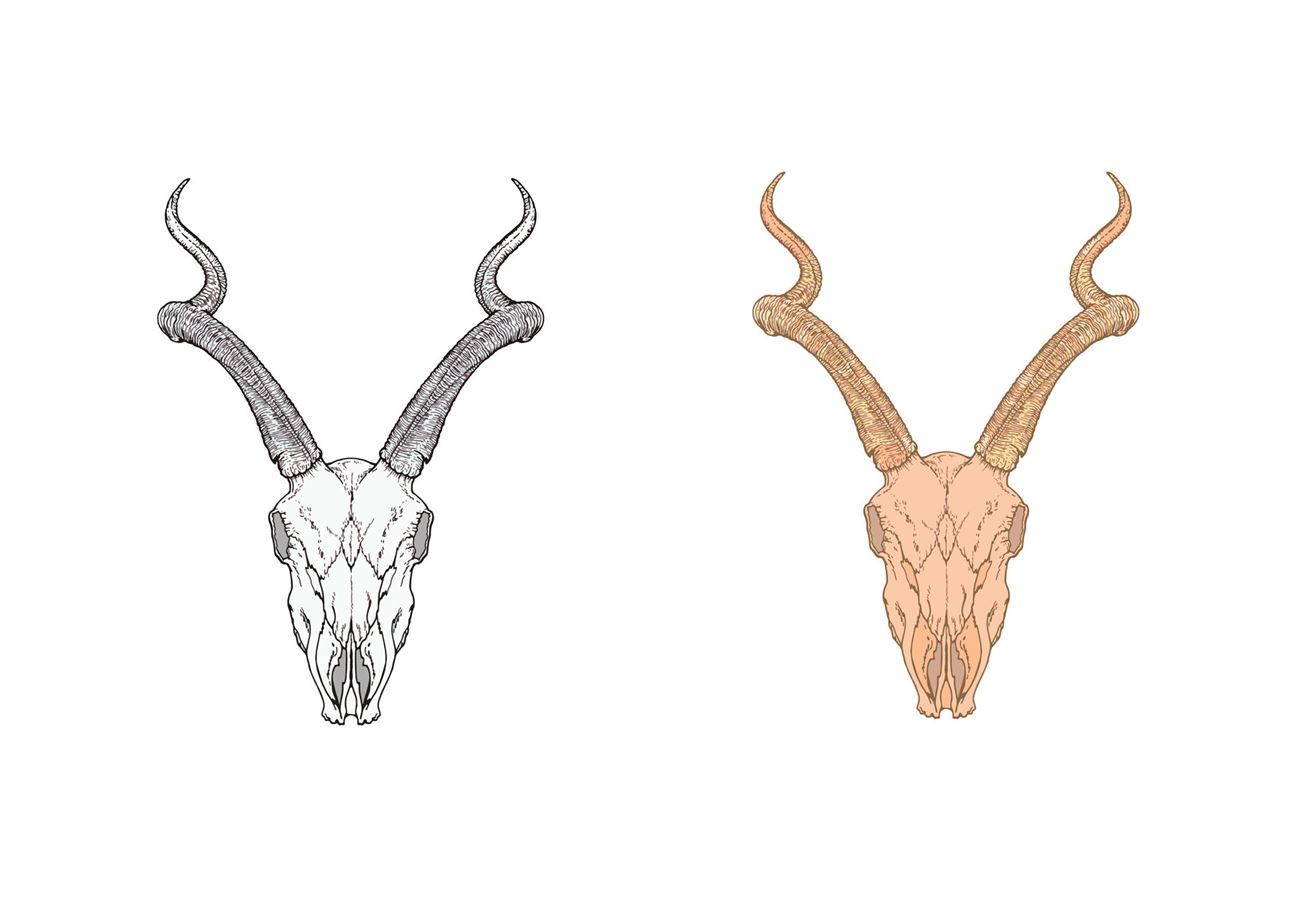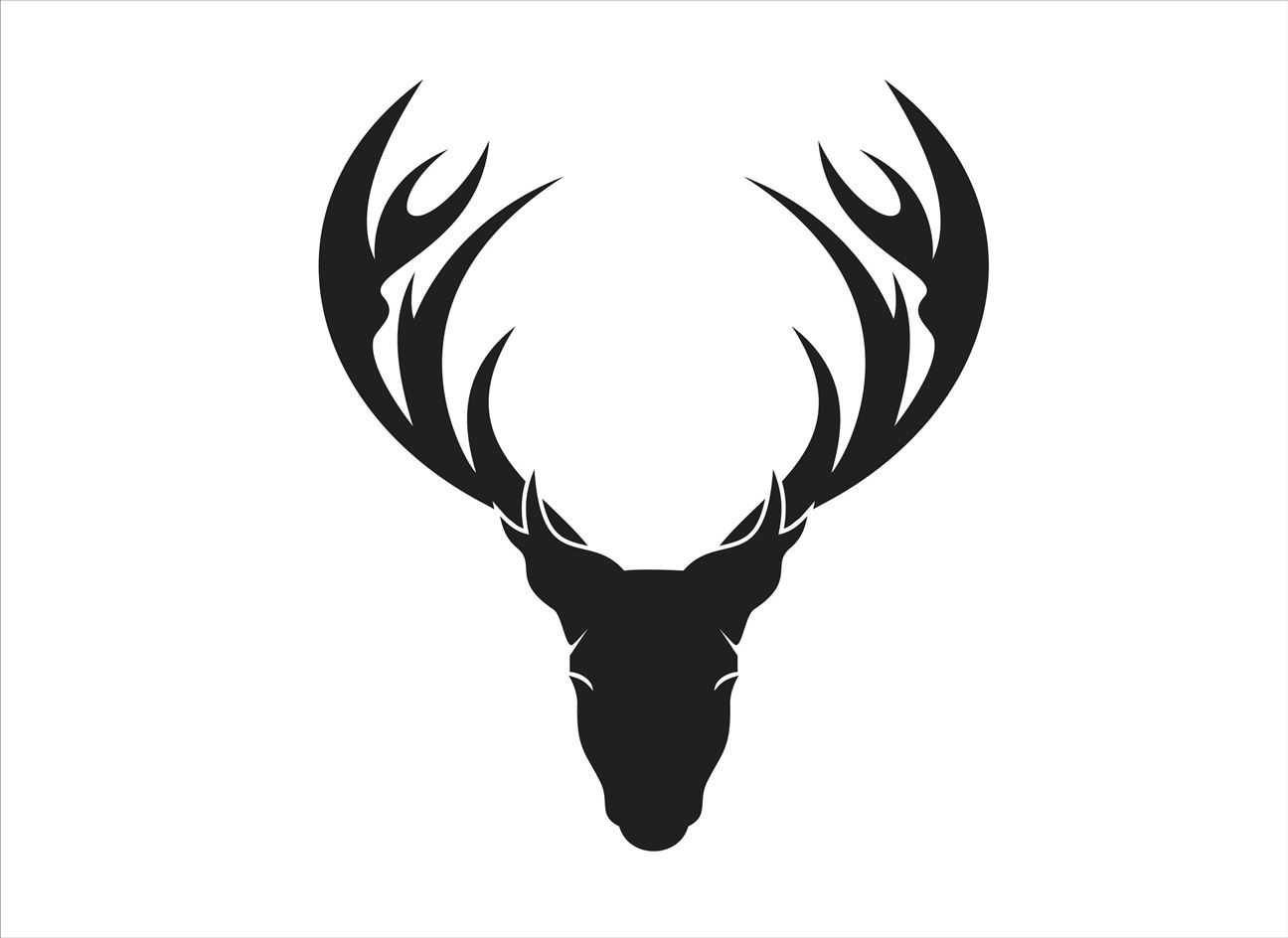More than just headgears, antlers and horns play a significant role in the anatomy of animals. But hey, did you know the two are very different? Here's how!

Horns Consist of a Covering of Keratin and Other Proteins Surrounding a Core of Live Bone (Image Courtesy- Nadezhda Shuparskaia-Shutterstock)
Animals that have horns or antlers growing out of their foreheads use them to assert dominance, attract the other sex (hey, looks matter to everyone!) and for defence as well. These two purposes are used loosely and interchangeably for many animals that have this rather decorative headgear. But there are distinct differences between the two! Let’s have a look.

Antlers Are True Bone and Are a Single Structure. (Image Courtesy- Nindya-Shutterstock)
The Main Differences Between the Two
Shape:
Antlers are paired and look like the branches of a tree with sharp ends. Horns are usually unbranched but could be twisted into exotic, complicated shapes and look a bit like daggers.
Which Animals Have Them?
Antlers are found on animals belonging to the Cervidae family, which includes all types of deer, elk, moose and reindeer.
We find horns in the Bovidae family - animals such as cows, goats, sheep, bison, water buffalo and antelopes like the blackbuck or nilgai.
What They Are Made Of?
Antlers are entirely made of bone. In their growing stage, antlers have a very high protein and water content. At this stage, they are covered in a protective covering called velvet, which is a soft hair-like covering having nerves and blood vessels. This soft spongy bone slowly becomes harder and thicker and eventually, the velvet is shed. Antlers are shed annually, mostly in winter or early spring. By the time it’s fall, a completely new set is formed just in time for the mating season!
Horns are made of a bony core and are covered by keratin - the same substance found in our human fingernails and hair. Horns are permanent and continue growing for the entire life span of the animal.
Males or Females?
Usually, horns grow on both the males and females of a species.
Antlers, however, are nearly always found on males! Reindeer are the only species of deer where antlers grow on females too.
Uses:
Antlers and horns have very different purposes.
Horns have mainly protective and defensive functions. They are used to fighting against predators and other members of their species. Horns can help in regulating body temperature (thermoregulation) as the blood vessels in the horns conduct higher amounts of blood when temperatures soar. This helps heat loss through radiation from the skin’s surface. The size of the horns also indicates the social status of their owner – the larger the horns, the higher up they are!
Antlers are more of a decorative thing - mainly used by females to select males during the breeding season. Males use their antlers to attract the opposite sex - either directly or by keeping away other potential males through combat or display. Antlers may also act as hearing aids helping moose hear better by acting as parabolic reflectors. Whether this is the case in other cervids remains to be seen.
A Footnote:
Remember, if you are on a safari and see shed antlers on the ground, do not pick them up. Not only is this illegal, but they play an important role in the ecosystem. As antlers are largely made up of calcium, they are important sources of the mineral to smaller animals like squirrels, mice and other rodents who gnaw on them.